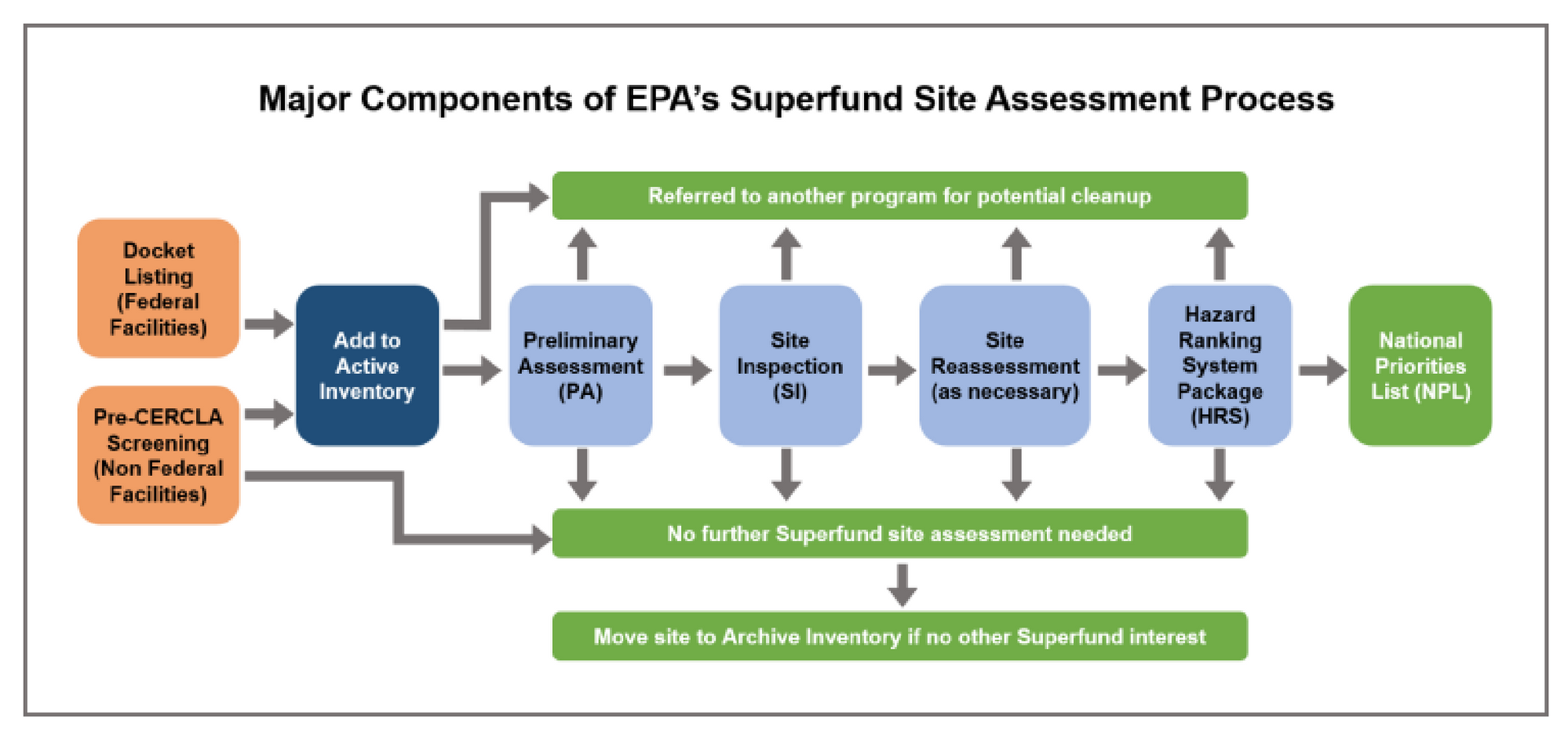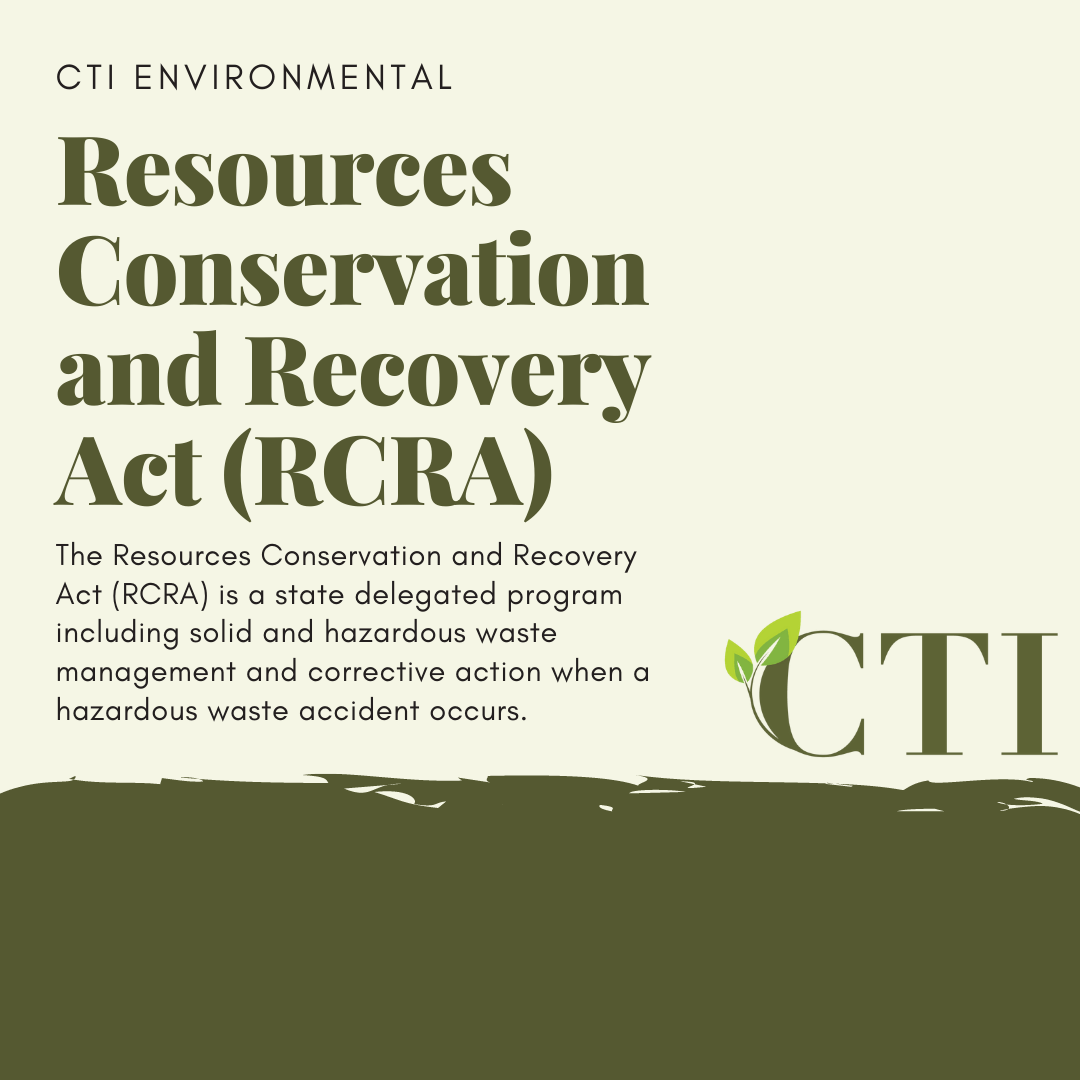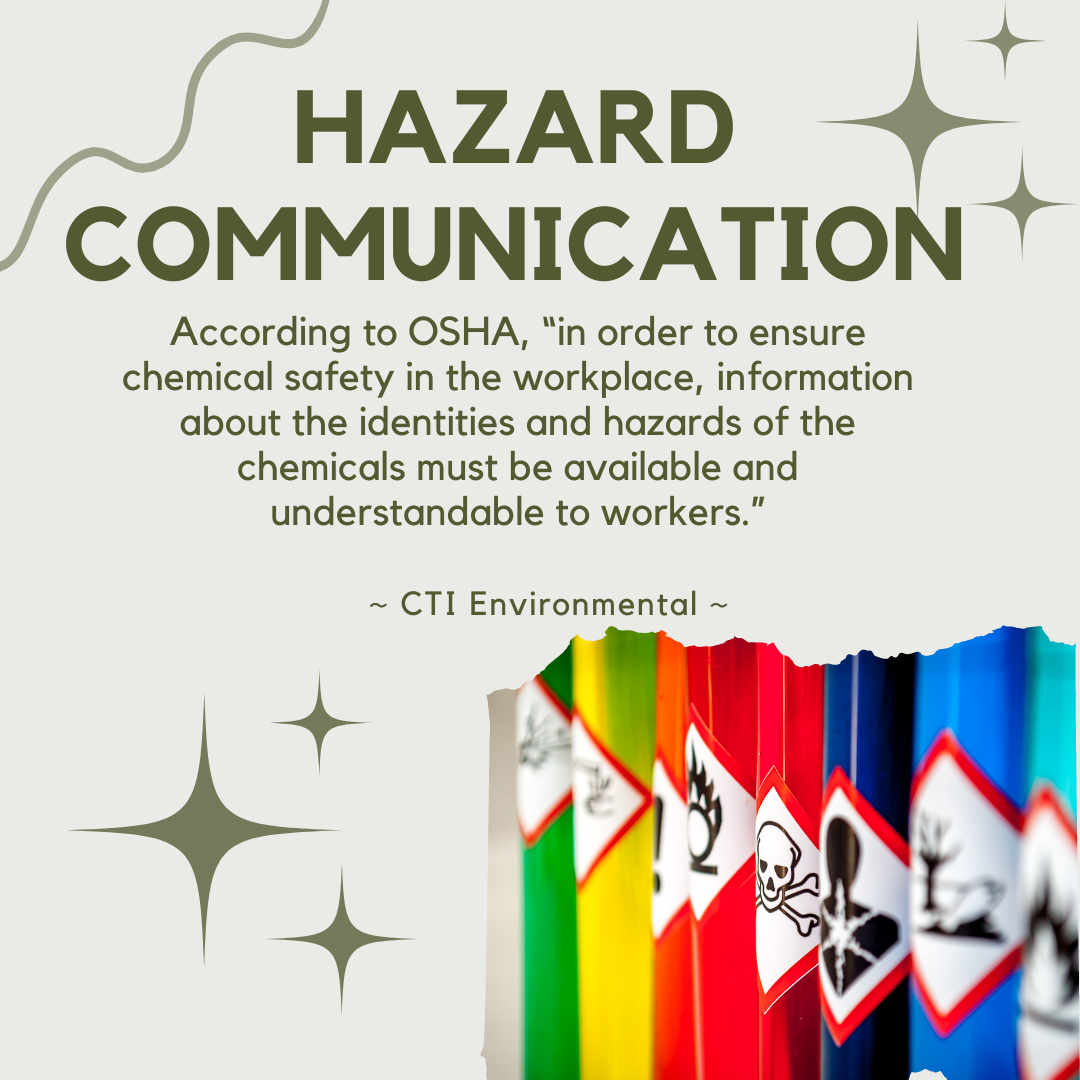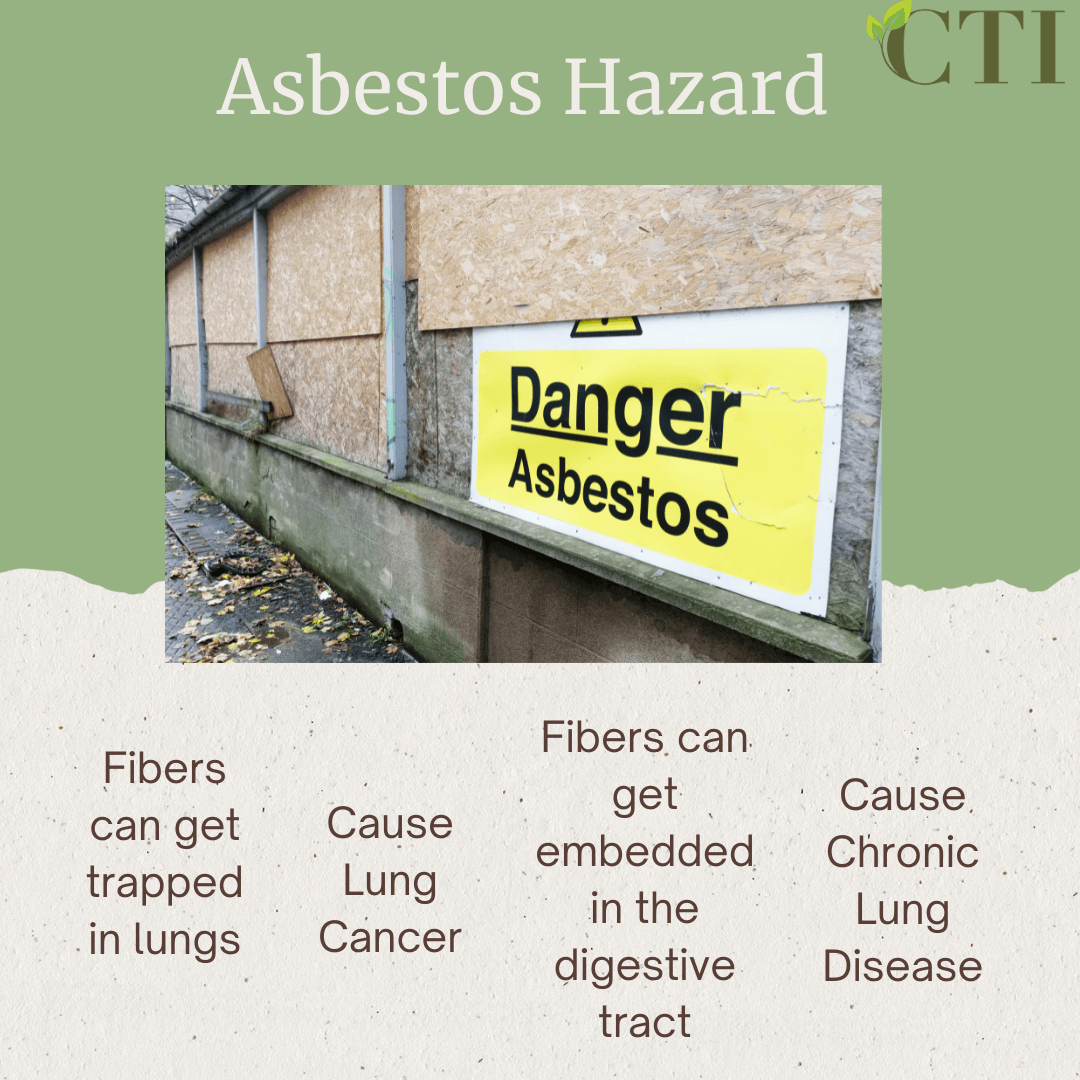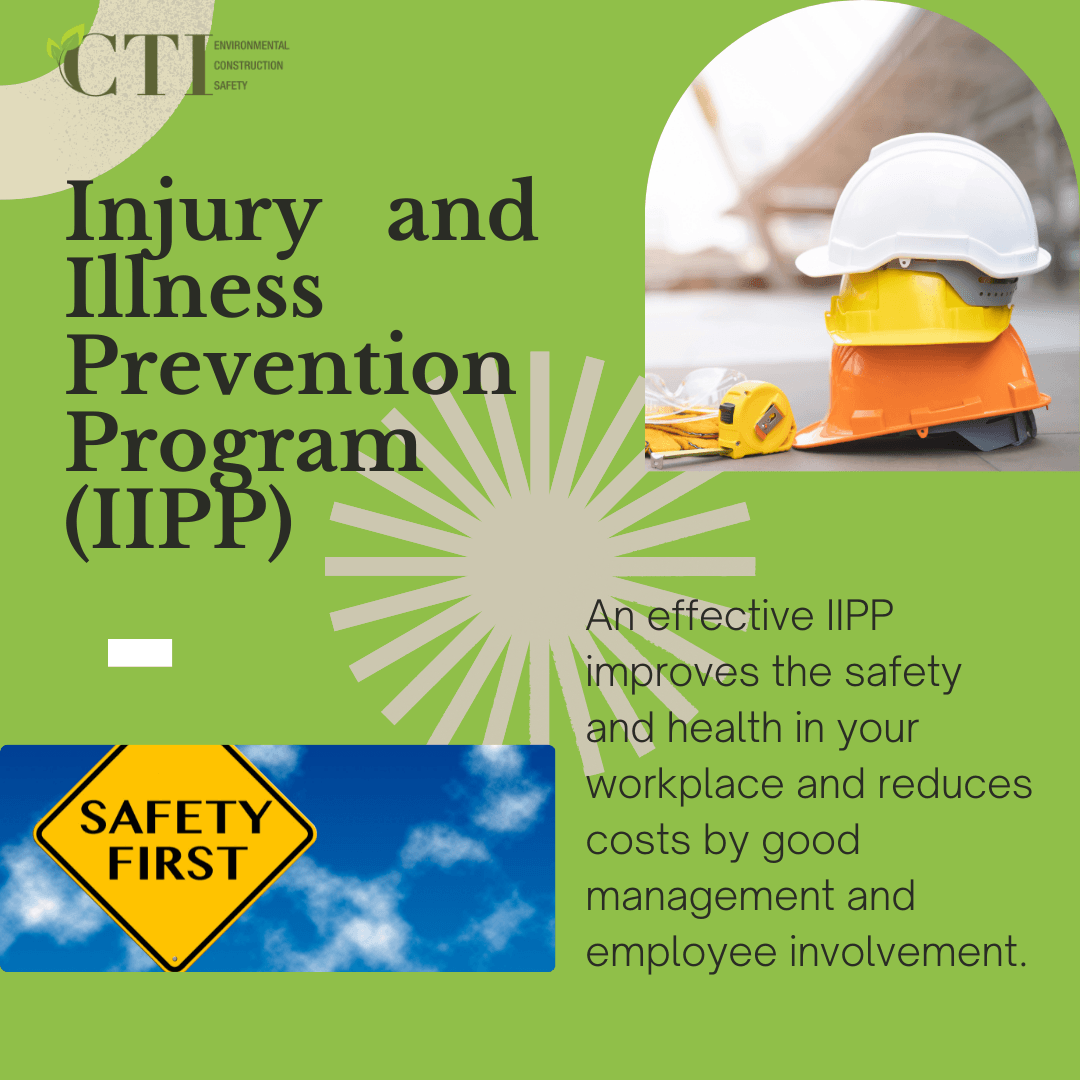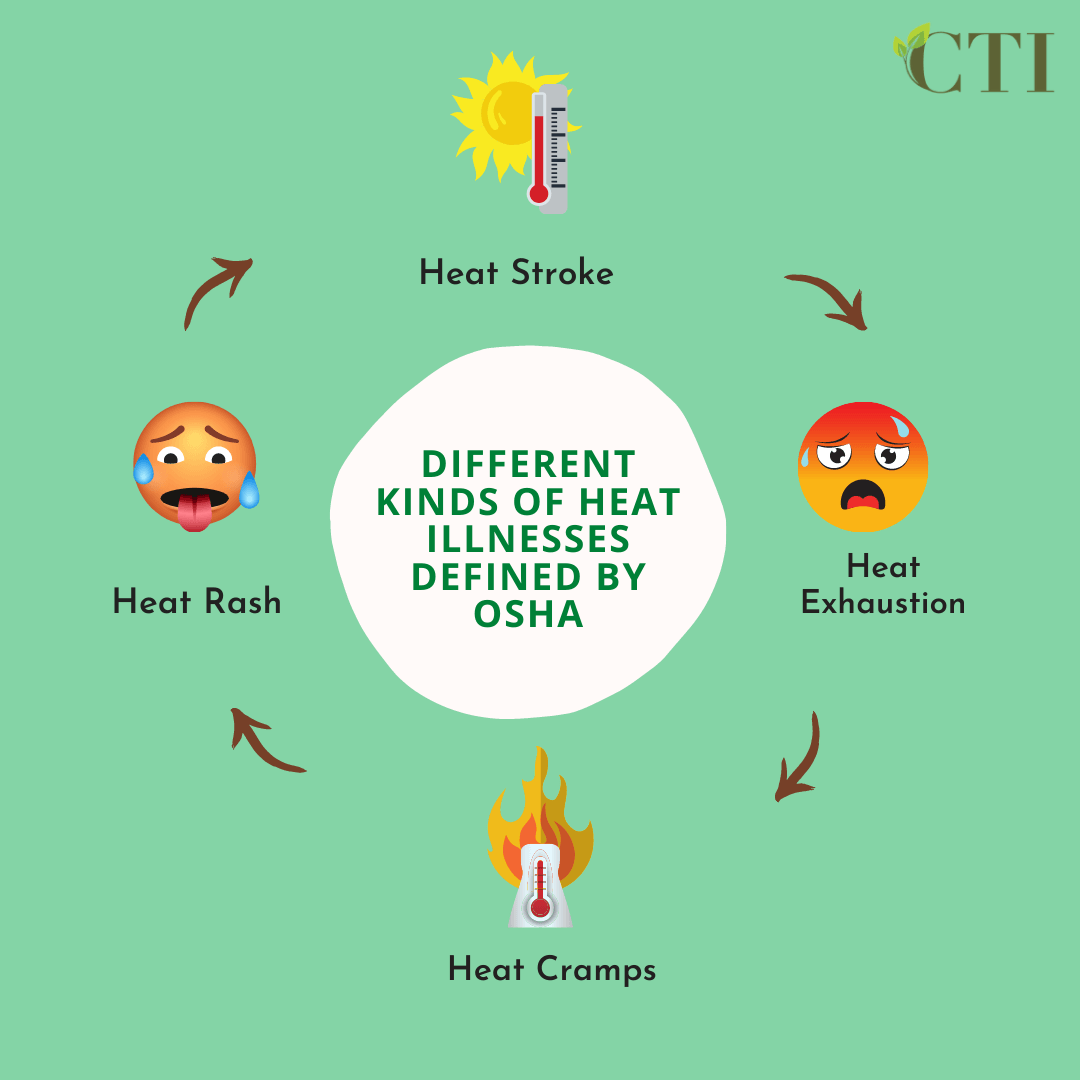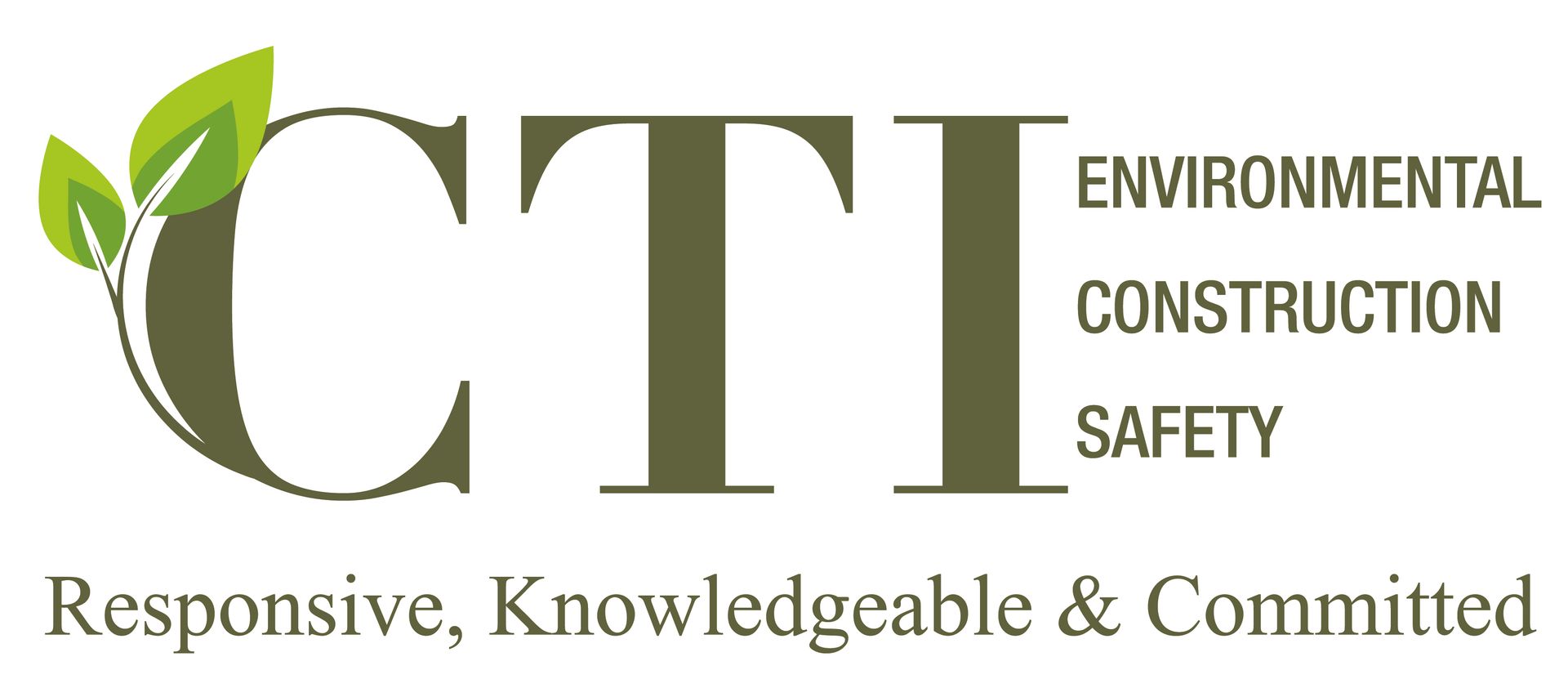Active Shooter

What is the definition of an Active Shooter
According to the FBI, an active shooter is “an individual actively engaged in killing or attempting to kill people in a populated area, and recent active shooter incidents have underscored the need for a coordinated response by law enforcement and others to save lives.”
History of Active Shooter
There have been a total of 277 active shooter incidents from the year 2000 to 2018 in the United States. From those 277 incidents, 884 victims were killed and 1,546 wounded. The graphic below from fbi.gov shows the increase in active shooters over 18 years in the United States.
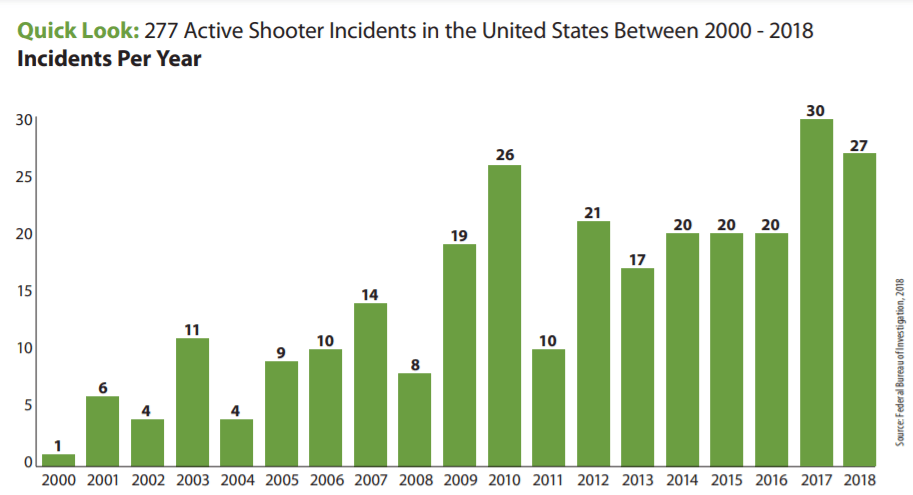
Columbine High School in Littleton, Colorado, 13 people were killed by eighteen-year-old Eric Harris and 17-year-old Dylan Klebold. One teacher and twelve students were fatally shot in this incident.
On December 14, 2012, the Sandy Hook Elementary active shooting occurred by 20-year-old Adam Lanza. Twenty-six people were fatally shot that day.
From these horrific situations, we can learn ways to protect our staff and workplace with proper education and training.
Run. Hide. Fight.
There are three actions one can do when faced with an active shooter situation.
Run: When faced in an active shooter situation:
- Have an escape route in mind
- Evacuate regardless of whether others follow
- Leave all belongings behind
- Do not stop to help wounded people
- Call 911 once you are safely out of the building
- Assemble in the pre-designated staging area/rally point
Hide: When faced in an active shooter situation:
- Hideout of shooter’s view that provides protection
- Go to a designated safe room, lock the door and blockade it with heavy furniture
- Silence all electronic devices
- Hide behind large items such as a desk or cabinet
- Remain completely quiet
- Do not leave your safe hiding spot until law enforcement gives the “All Clear.”
Fight: When faced in an active shooter situation:
- Act as aggressively as possible against him/her
- Throw items (ex: trash cans, fire extinguisher, chairs, etc.)
- Improvised weapons to defend yourself (ex: letter openers, staplers, etc.)
- Loudly yell at him/her
- Close the distance
- Neutralize the threat
Active Shooter Training
Preparing for an active shooter is essential to keep your staff and customers safe at the workplace. To best be prepared, you must have an Emergency Action Plan (EAP) and get proper training. CTI Environmental can accurately train your staff to ensure a safe work environment for your staff.
Here is what the Department of Homeland Security says for the Emergency Action Plan and proper training.
Emergency Action Plan:
- A preferred method for reporting fires and other emergencies
- An evacuation policy and procedure
- Emergency escape procedures and route assignments
- Contact information for, and responsibilities of individuals to be contacted under the EAP
- Information concerning local area hospitals
- An emergency notification system to alert various parties of an emergency including:
- Individual at remote locations within premises
- Local law enforcement
- Local area hospitals
Components of Training Exercises:
- Recognizing the sound of gunshots
- Reacting quickly when gunshots are heard and or when a shooting is witnessed
- Calling 911
- Reacting when law enforcement arrives
- Adopting the survival mindset during times of crisis
The Department of Homeland Security also suggests to:
- Ensure that your facility has at least two evacuation routes
- Post the evacuation routes in conspicuous locations throughout your facility
- Include local law enforcement, emergency responders, SWAT team, K-9 teams, and bomb squad train for an active shooter scenario at your location
CTI offers Active Shooter training to keep your staff safe from the unexpected. If you have questions or comments, call CTI at 562.608.8401 or email info@ctienviro.com.
Citations:
https://www.fbi.gov/about/partnerships/office-of-partner-engagement/active-shooter-resources
https://www.dhs.gov/xlibrary/assets/active_shooter_booklet.pdf
https://www.publicsafety.upenn.edu/pennready/procedures/active-shooter/

